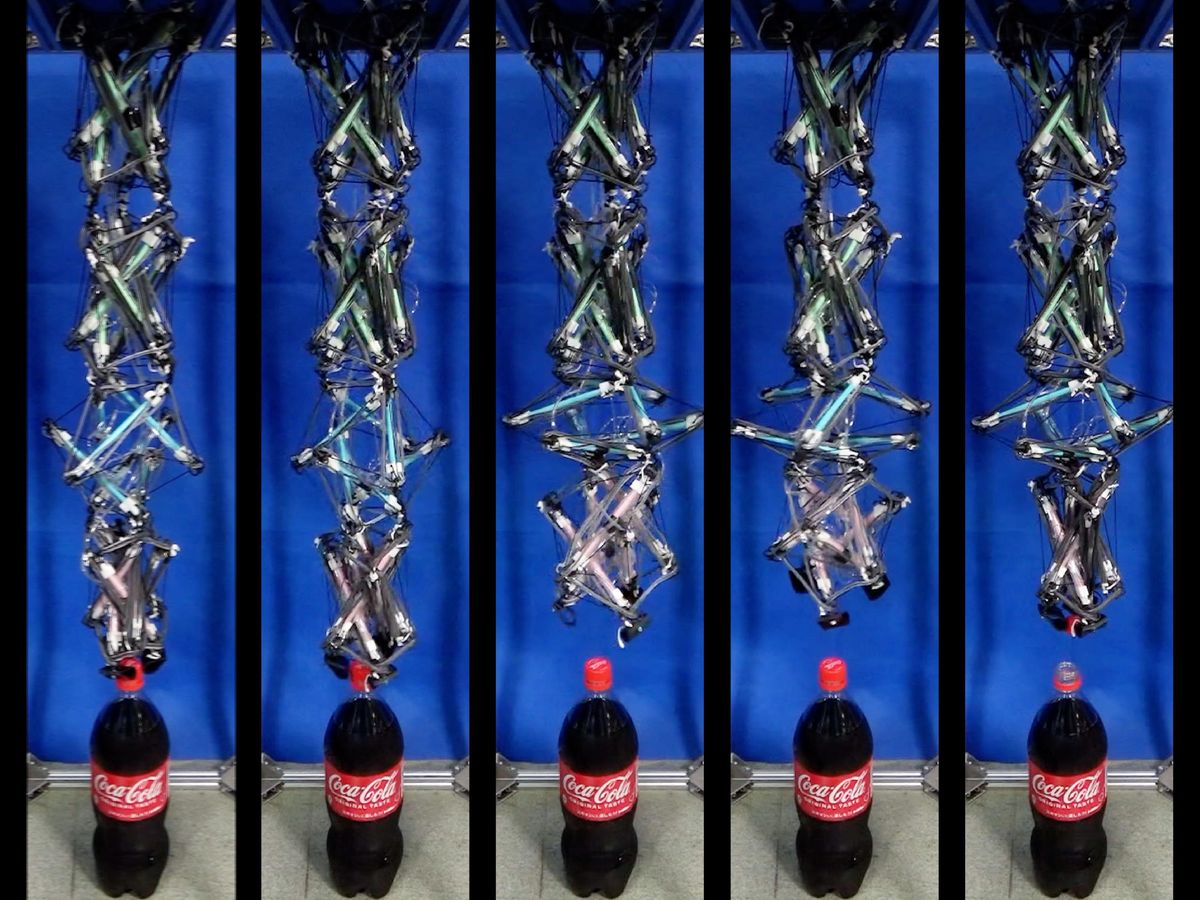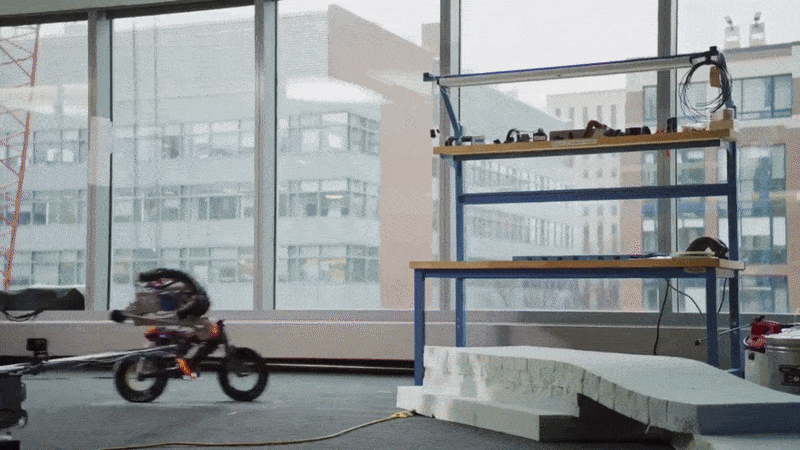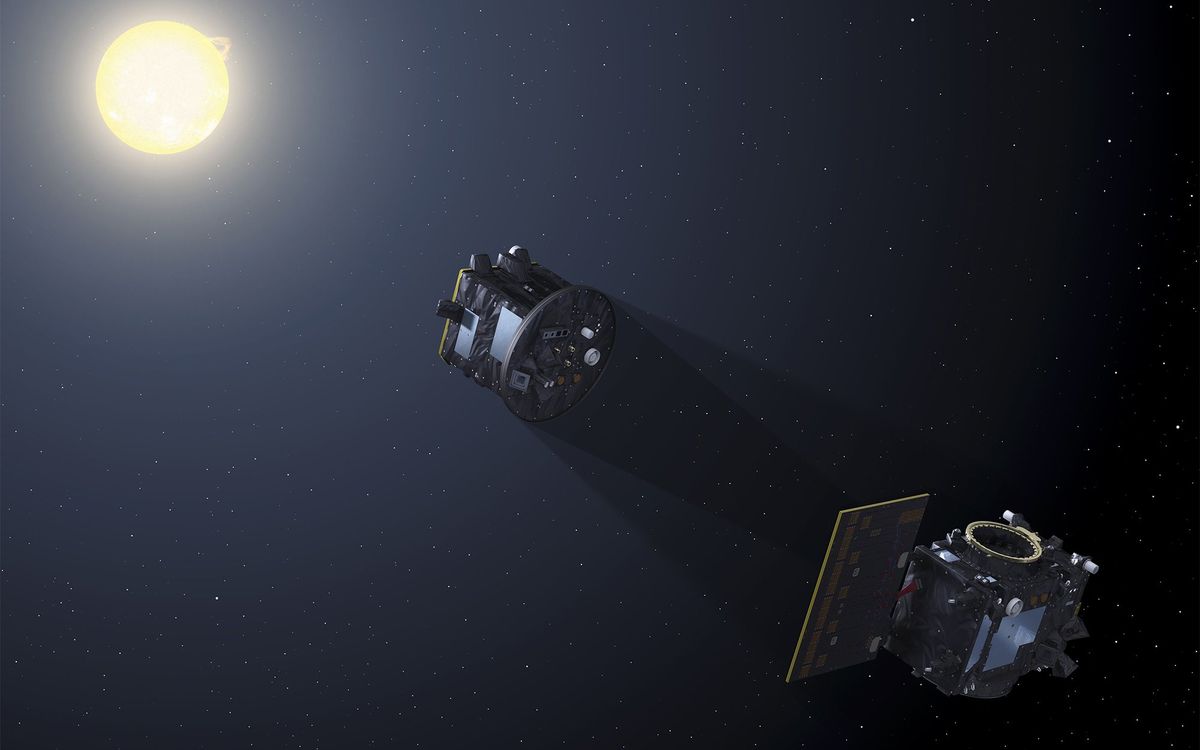This article is part of our exclusive IEEE Journal Watch series in partnership with IEEE Xplore.
When creating robots, it can be challenging to achieve the right combination of qualities, which sometimes contradict one another. For example, it’s difficult to make a robot that is both flexible and strong—but not impossible.
In a recent study, researchers created a robot that yields high degrees of flexibility while still maintaining high tension within its “muscles,” giving it sufficient torsional motion to accomplish difficult tasks. In an experiment, the robot was able to remove a cap from a bottle, while yielding a torsional motion that was 2.5 times as great as that of the next leading robot of its type. The results were published 13 January in IEEE Robotics and Automation Letters.
Soft Tensegrity Robot Arm With Twist ManipulationSuzumori Endo Lab, Tokyo Tech has developed soft tensegrity arm with twist manipulation. Project members: Ryota Kobayashi, ...
Tensegrity robots are made of networks of rigid frames and soft cables, which enable them to change their shape by adjusting their internal tension.
“Tensegrity structures are intriguing due to their unique characteristics—lightweight, flexible, and durable,” explains Ryota Kobayashi, a master’s student at the Tokyo Institute of Technology, who was involved in the study. “These robots could operate in challenging unknown environments, such as caves or space, with more sophisticated and effective behavior.”
Tensegrity robots can have a foundational structure with varying numbers of rigid structures, or “bars,” ranging from 2 to 12 or sometimes even more bars—but as a general rule of thumb, robots with more bars are typically more complex and difficult to design.
In their study, Kobayashi’s team created a tensegrity robot, which relies on six-bar tensegrity modules. To ensure the robot achieves strong torsion, a virtual map of triangles is used, whereby the robot’s artificial muscles were placed so that they connected the vertices of the triangles. When the muscles contract, it brings the vertices of the triangles closer together.
Relying on this technique, the robot achieved a large torsional motion of 50 degrees in two directions using only a 20 percent contraction of the artificial muscle. Kobayashi says his team was surprised at the efficiency of the system—just small contractions of the artificial muscle resulted in large contractions and torsional deformations.
“Most six-bar tensegrity robots only roll with slight deformations of the structure, resulting in limited movements,” says Hiroyuki Nabae, an assistant professor at Tokyo Institute of Technology who was also involved in the study. Notably, the authors report that their six-bar robot yields large torsional motion that are 2.5 times as much as that of any other six-bar Tensegrity robot they could find in the literature.
Next, the research team attached rubber fingers to the robot to help it grip objects and tested its ability to complete tasks. In one experiment, the robot arm is lowered to a Coca-Cola bottle, grips the cap, twists, raises the arm and repeats one more grip and twist motion to remove the cap in a matter of seconds.
The researchers are considering ways to build upon this technology, for example by increasing the robot’s ability to bend in different directions and incorporating tech that allows the robot to recognize new shapes in its environment. This latter advancement could help the robot adapt more to novel environments and tasks as needed.
- NASA's Squishable 'Super Ball Bot' Could Explore Titan ›
- Video Friday: Kuri Drop Test, Tensegrity Robots, and More RoboCup ›
- Tensegrity Robot Could Be Creeping Through Your Ducts Right Now ›
Michelle Hampson is a freelance writer based in Halifax. She frequently contributes to Spectrum's Journal Watch coverage, which highlights newsworthy studies published in IEEE journals.



